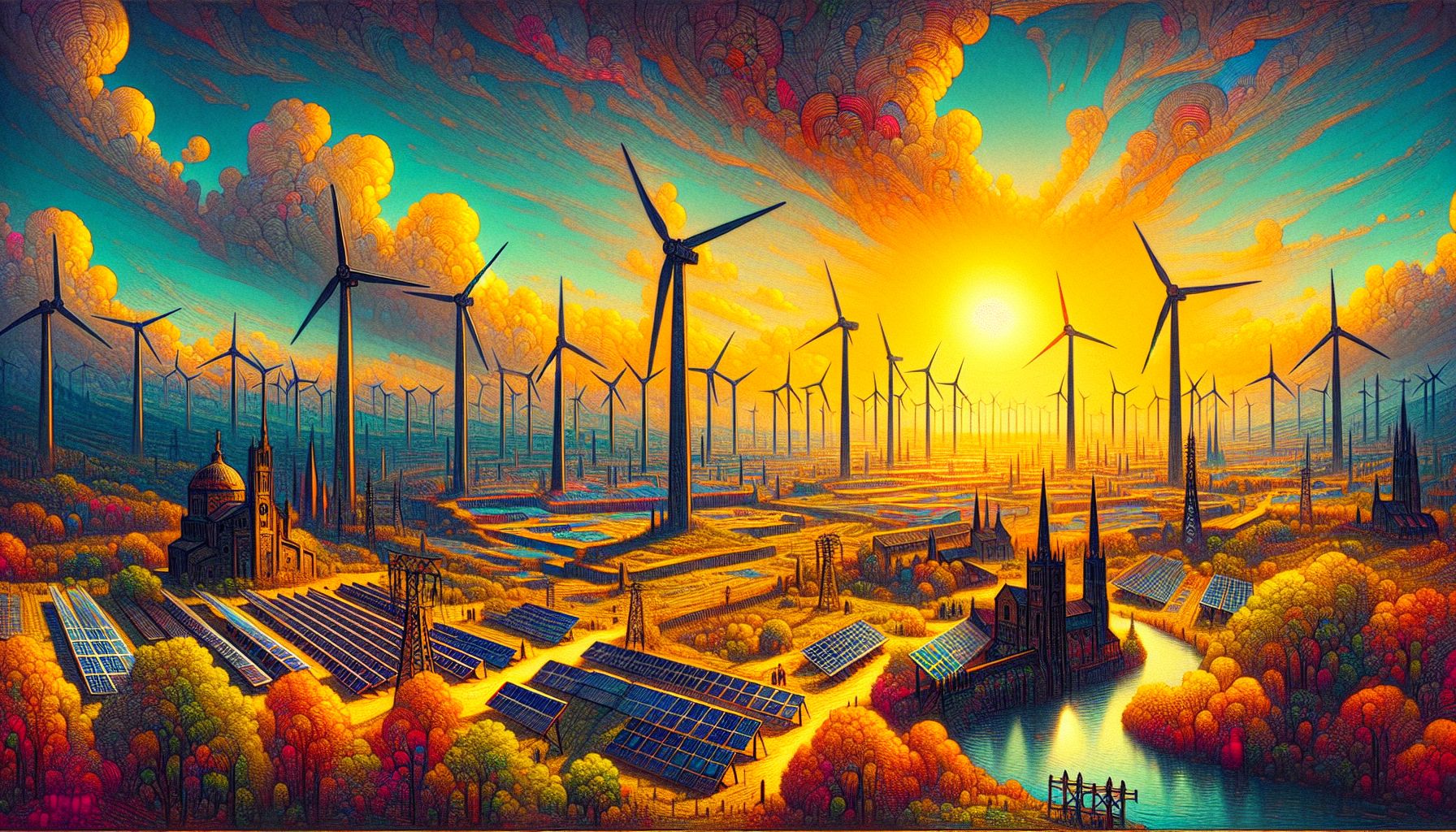Wind and Solar Power Surge: EU's New Energy Leaders in 2024

Brussels, Tuesday, 30 July 2024.
In a historic shift, wind and solar energy became the primary sources of electricity in the European Union during the first half of 2024. This milestone in renewable adoption marks a significant step towards sustainable power generation and reduced fossil fuel dependence.
A Historic Transition
According to a report by the energy think tank Ember, wind and solar energy surpassed other sources of electricity generation in the EU for the first time during the first six months of 2024. This achievement highlights the region’s rapid progress in transitioning towards renewable energy and illustrates the growing influence of climate policies aimed at reducing greenhouse gas emissions.
Key Contributors to the Shift
Countries like Germany, Belgium, Hungary, and the Netherlands were among the 13 member states that generated more electricity from wind and solar than from fossil fuels for the first time. This success is attributed to favorable weather conditions, particularly strong winds in northern Europe, and a significant increase in the installation of wind power capacity. In 2023 alone, the EU installed a record 16.2 gigawatts (GW) of new wind power capacity, although this was only half of what is needed to meet climate targets by the end of the decade[1].
The Role of SolarPower Europe
SolarPower Europe, a leading association in the solar industry, has been instrumental in promoting the adoption of solar energy. Their recent report ‘Mission Solar 2040’ emphasizes the importance of flexibility and electrification in the energy transition. The organization has been awarded ‘European Association of the Year’ at the International & European Association Success Awards 2024, underscoring their pivotal role in advancing solar power across the continent[2].
Land and Infrastructure Considerations
The European Environmental Bureau (EEB) conducted an analysis revealing that Europe has ample land to expand its solar and wind energy projects without compromising food production or natural habitats. The study found that only 2.2% of the EU’s total land is needed to phase out fossil fuels and nuclear power by 2040. This includes utilizing degraded agricultural land, which can support dual-use standards like agri-photovoltaics (agri-PV), integrating solar power generation with farming activities[3].
Economic and Environmental Impact
The shift to renewable energy has not only environmental but also economic benefits. Market values for renewable energy, particularly in Spain and Germany, have seen significant fluctuations. For instance, Spanish solar output market values rebounded in May from a record low in April, and German solar values experienced a 50% increase from a four-year low in May. These changes reflect the dynamic nature of the renewable energy market and the increasing demand for sustainable power solutions[4].
Future Prospects and Challenges
Despite the progress, there are challenges ahead. The EU needs to continue accelerating the adoption of renewable energy to meet its climate goals. The development of a European ‘supergrid’ is essential for efficient energy distribution and to connect regions with abundant renewable resources to those with higher energy demands. Strategic spatial planning, high environmental standards, and community involvement will be crucial in ensuring a sustainable and inclusive energy transition[5].

